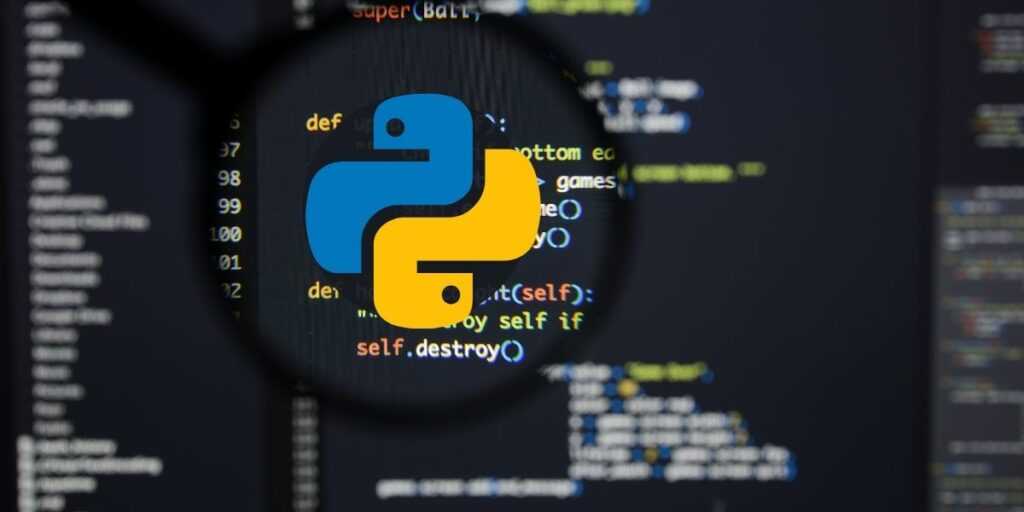
Flow-Control in Python
Flow control in Python is used to control the order of execution of the code. This means that certain parts of the code will only be executed if certain conditions are met. Python provides several flow control statements that can be used to control the flow of execution, such as:
if-else statement: This statement allows you to check for a condition and execute a block of code if the condition is true. If the condition is false, another block of code can be executed.
for loop: This statement allows you to execute a block of code multiple times. It’s used to iterate over a sequence of items such as a list, tuple or string.
while loop: This statement allows you to execute a block of code repeatedly as long as a certain condition is true.
break and continue statements: These statements are used within loops to control the flow of execution. The break statement exits a loop, while the continue statement skips the current iteration and continues with the next iteration.
range function: This function is used to generate a sequence of numbers. It can be used with a for loop to iterate over a sequence of numbers.
In summary, flow control in Python is used to control the order of execution of the code. Python provides several flow control statements such as if-else, for, while, break and continue statements and range function. These statements are used to control the flow of execution and execute specific parts of the code based on certain conditions.
In this Applied Machine Learning Recipe, the reader will learn: Flow-Control in Python.
Essential Gigs
For only $50, Nilimesh will develop time series forecasting model for you using python or r. | Note: please contact me…www.fiverr.com
For only $50, Nilimesh will do your data analytics and econometrics projects in python. | Note: please contact me…www.fiverr.com
For only $50, Nilimesh will do your machine learning and data science projects in python. | Note: please contact me…www.fiverr.com
For only $50, Nilimesh will do your gis and spatial programming projects in python. | Note: please contact me before…www.fiverr.com